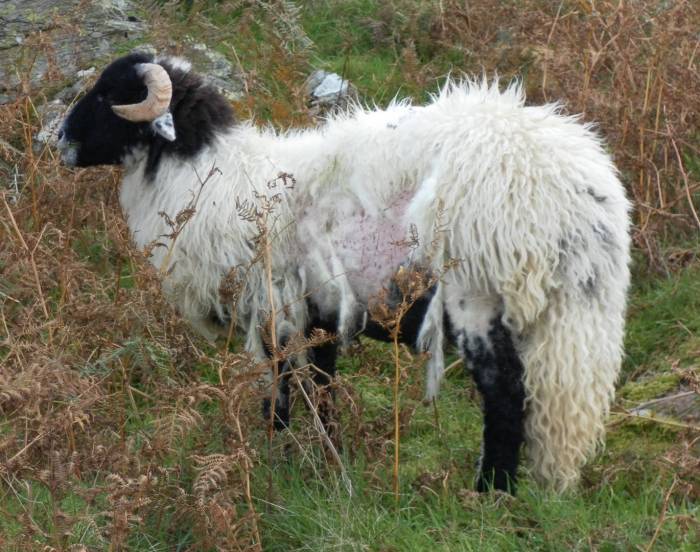It is impossible to be certain if a sheep has sheep scab without a diagnosis. Yet thousands of sheep are treated every year on the basis that people think they know. Getting it wrong or using wormers or injectables ‘just in case’ will waste your time and money, risk the health of the sheep and result in unnecessary use of products. It will delay the animal recovering, resulting in financial losses, and increase the risk of resistance in the future.
There are two ways your vet can diagnose sheep scab
- Skin scrapes: Mites are collected from the skin surface of the sheep, which is a quick way to obtain a diagnosis when sheep are clinically infected. However, in the early stages of infection, it can be difficult to find mites even if they are present. And is not possible to identify animals that are infected but not yet displaying clinical signs.
- Blood ELISA test: A blood test is taken to look for antibodies the sheep produces in response to infestation. These antibodies are produced immediately, so infection can be detected as quickly as two weeks following exposure.
Action check list once scab is identified
- Test if it is definitely scab, and treat accordingly.
- Establish where the scab came from. If it was from purchased or incoming sheep, review quarantine protocols.
- Contact neighbours with sheep in adjacent fields to warm them and/or suggest they treat at the same time as you for maximum effect and protection.
- Check common fence-lines for gaps/shared rubbing areas. Consider double fencing any in contact with high risk neighbours.
